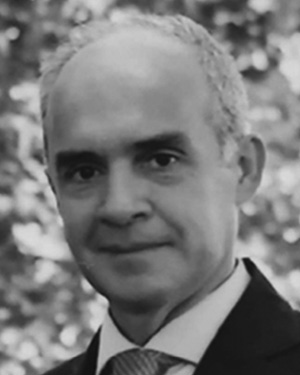Author details
César Briso-Rodríguez
Also published under: César Briso Rodríguez, Cesar Briso-Rodríguez, CÉsar Briso-Rodriguez, C. Briso-Rodriguez, Cesar Briso-Rodriguez, C. Briso-Rodríguez

César Briso-Rodríguez
Also published under: César Briso Rodríguez, Cesar Briso-Rodríguez, CÉsar Briso-Rodriguez, C. Briso-Rodriguez, Cesar Briso-Rodriguez, C. Briso-Rodríguez
Affiliation
Department of Signal Theory and Communications
Universidad Politécnica de Madrid
Madrid, Spain
Biography
Cesar Briso-Rodriguez (M'91–SM'02) received the M.Eng. and Ph.D. degrees in telecommunications engineering from Universidad Politécnica de Madrid (UPM), Madrid, Spain, in 1996 and 1999, respectively.,Since 1996 he has been a Full Professor with Escuela Técnica Superior de Ingenierıacute;a y Sistemas de Telecomunicación, UPM. His research has been focused on the design and development of high-frequency communication systems in complex environments. He received the award for the best Ph.D. in GSM communications by the Spanish Association of Telecommunication Engineers (COIT/AEIT).(Based on document published on 30 April 2014). Author's Published Works

